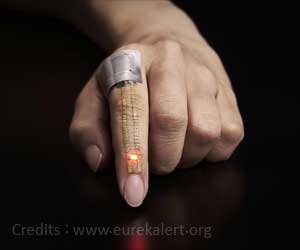High-intensity step training that imitates real-world conditions help improve walking ability in stroke survivors than traditional, low-impact training, finds a new study.

‘High-intensity step training improves walking ability and gait symmetry than low-intensity training in individuals with chronic stroke.
’
Read More..




"Our study suggests that stroke patients can perform higher intensity walking exercises and more difficult tasks than previously thought possible. We need to move beyond traditional, low-intensity rehabilitation to challenge the nervous and cardiovascular systems so patients can improve function and perform better in the real world."Read More..
Researchers evaluated 90 people, 18- to 85-years-old with weakness on one side of the body who had survived a stroke at least six months prior.
Participants received training of either high-intensity stepping performing variable, difficult tasks; high-intensity stepping performing only forward walking; or low-intensity stepping of variable tasks. Variable tasks included walking on uneven surfaces, up inclines and stairs, over randomly placed obstacles on a treadmill and across a balance beam.
The researchers found:
- Survivors in both the high-intensity, variable training and high-intensity, forward walking groups walked faster and farther than the low-intensity, variable training group.
- For all walking outcomes, 57% to 80% of participants in the high-intensity groups had important clinical gains, while only 9% to 31% of participants did so following low-intensity training.
- High-intensity variable training also resulted in improved dynamic balance while walking and improved balance confidence.
Hornby noted that no serious adverse events occurred during the training sessions, suggesting stroke survivors can be pushed to higher intensity walking with more variable tasks during rehabilitation.
Advertisement
Ultimately, their goal is to incorporate high-intensity variable step training into regular clinical rehabilitation protocols.
Advertisement
Source-Eurekalert















